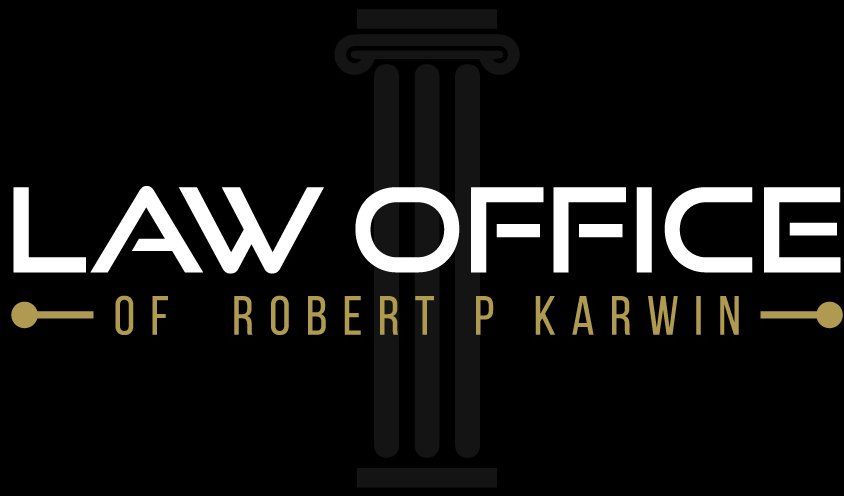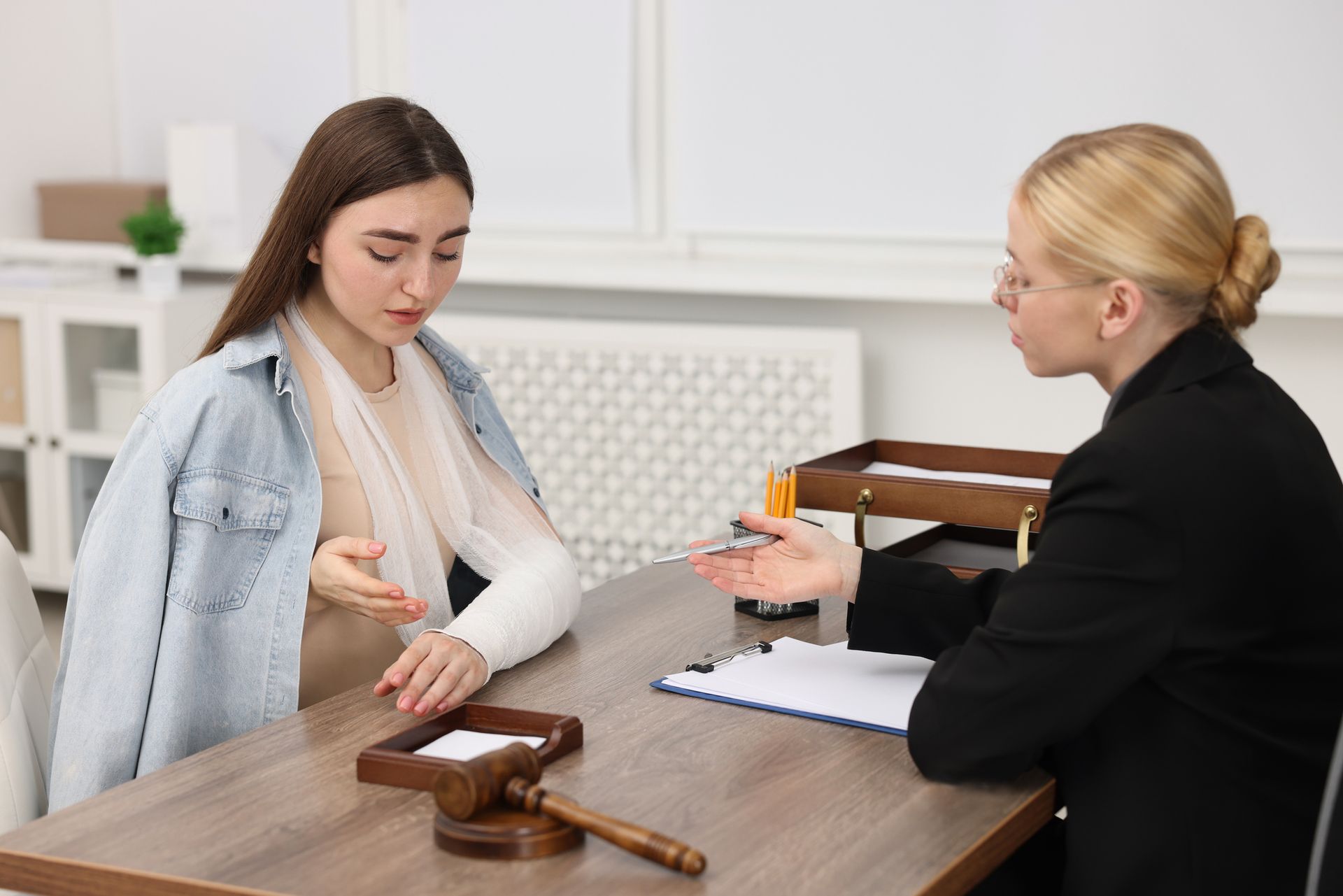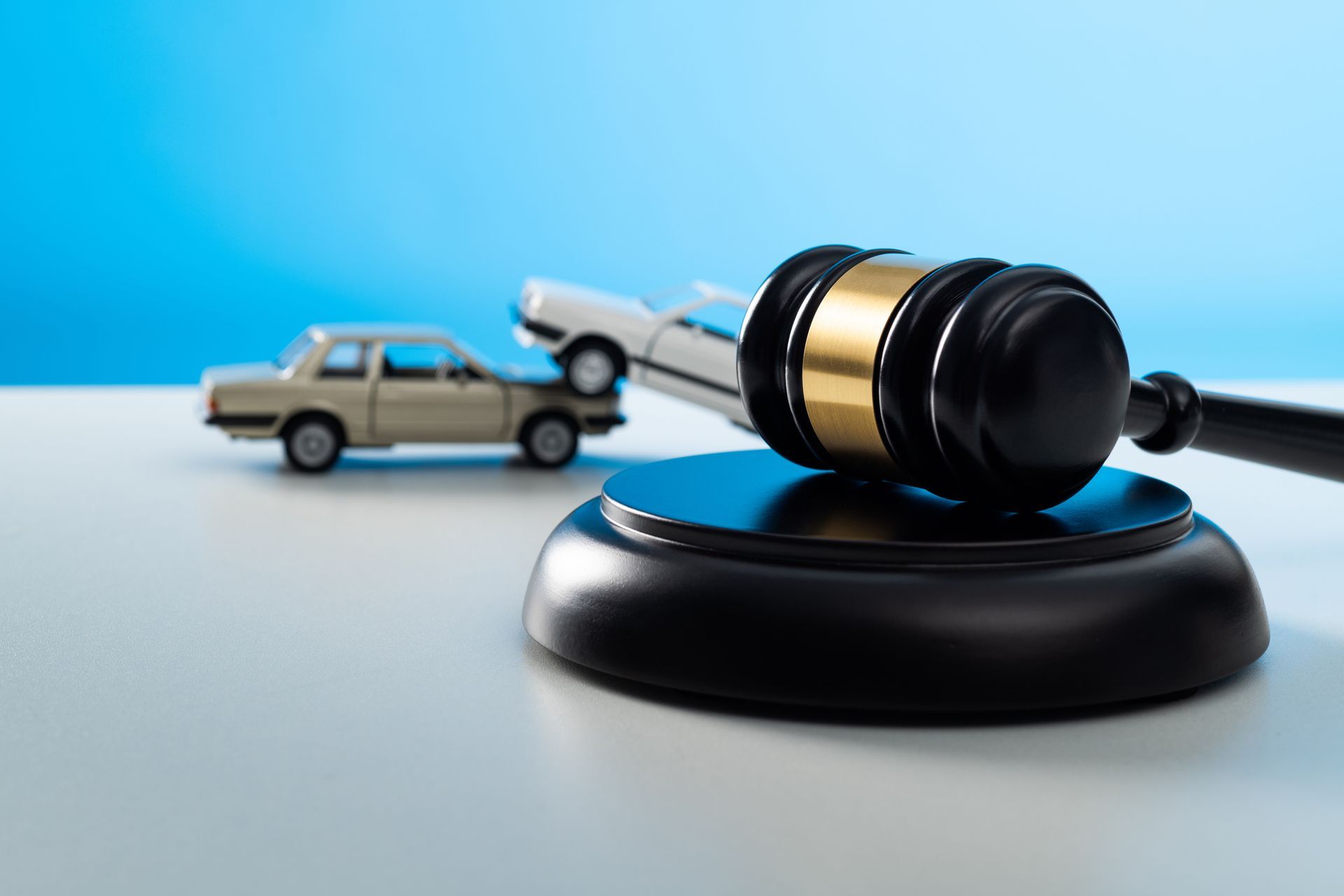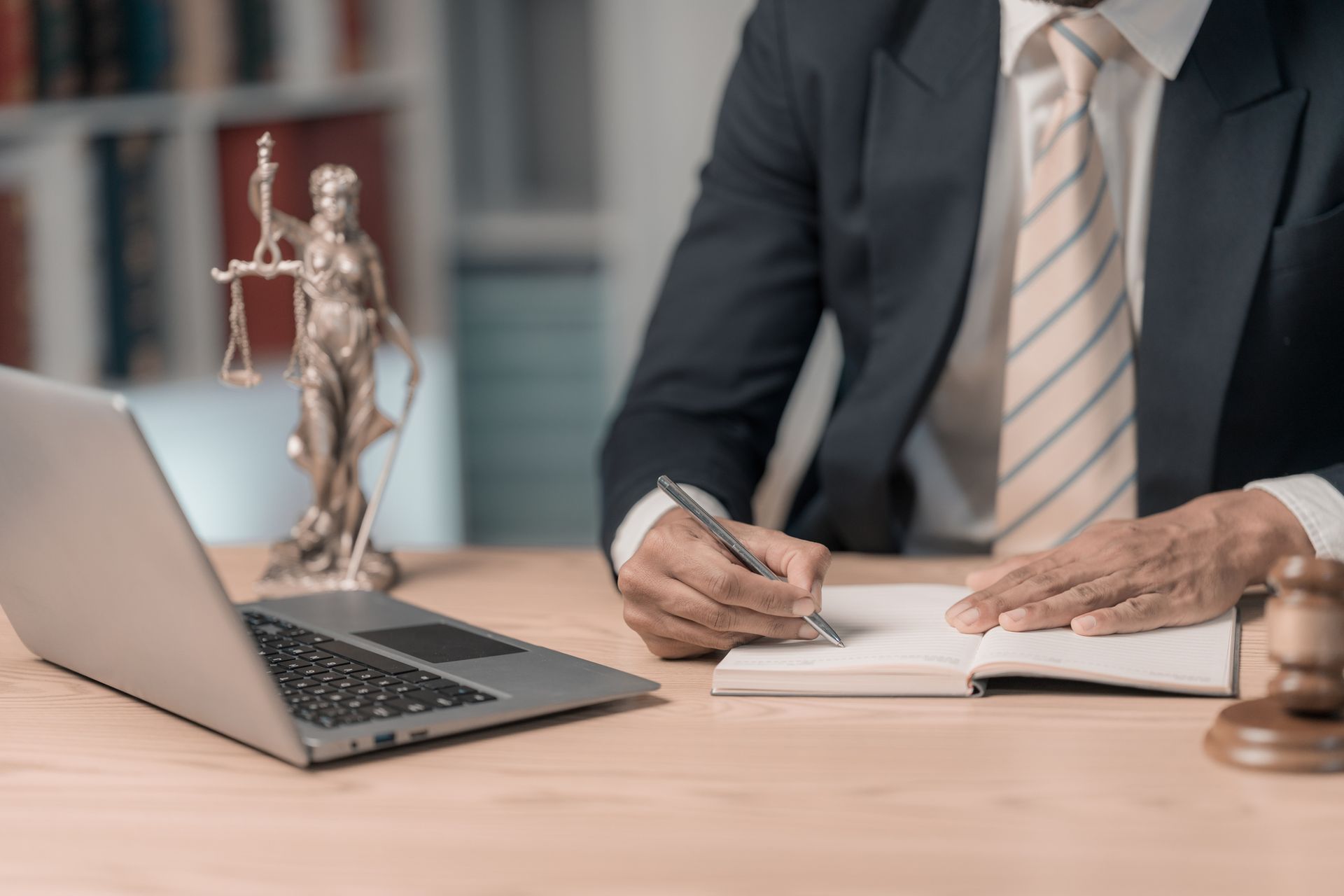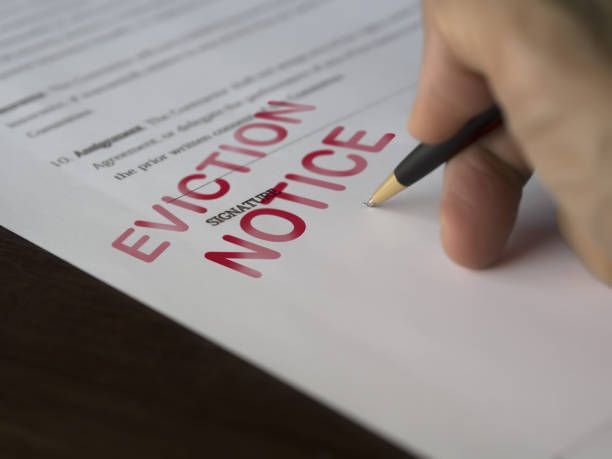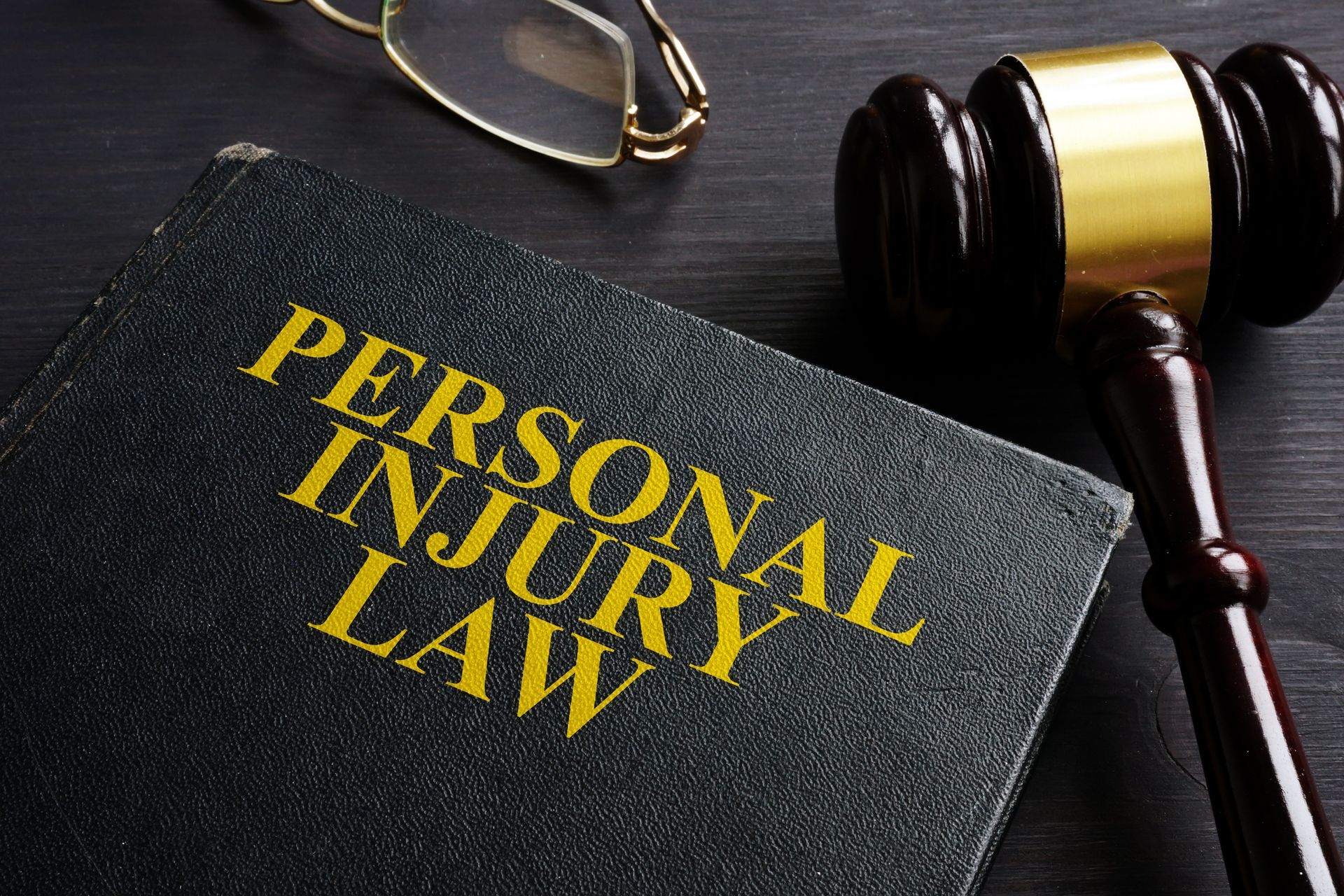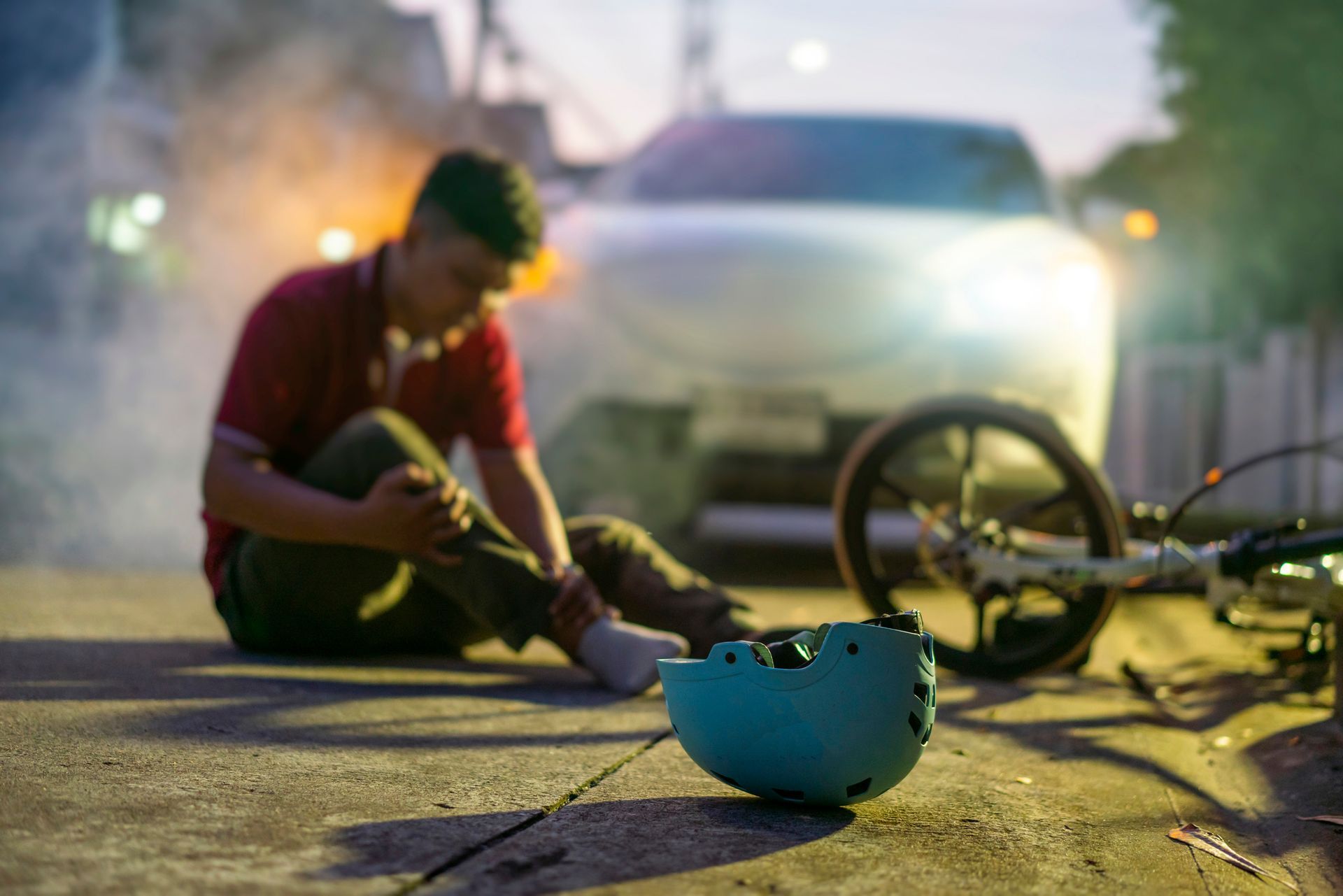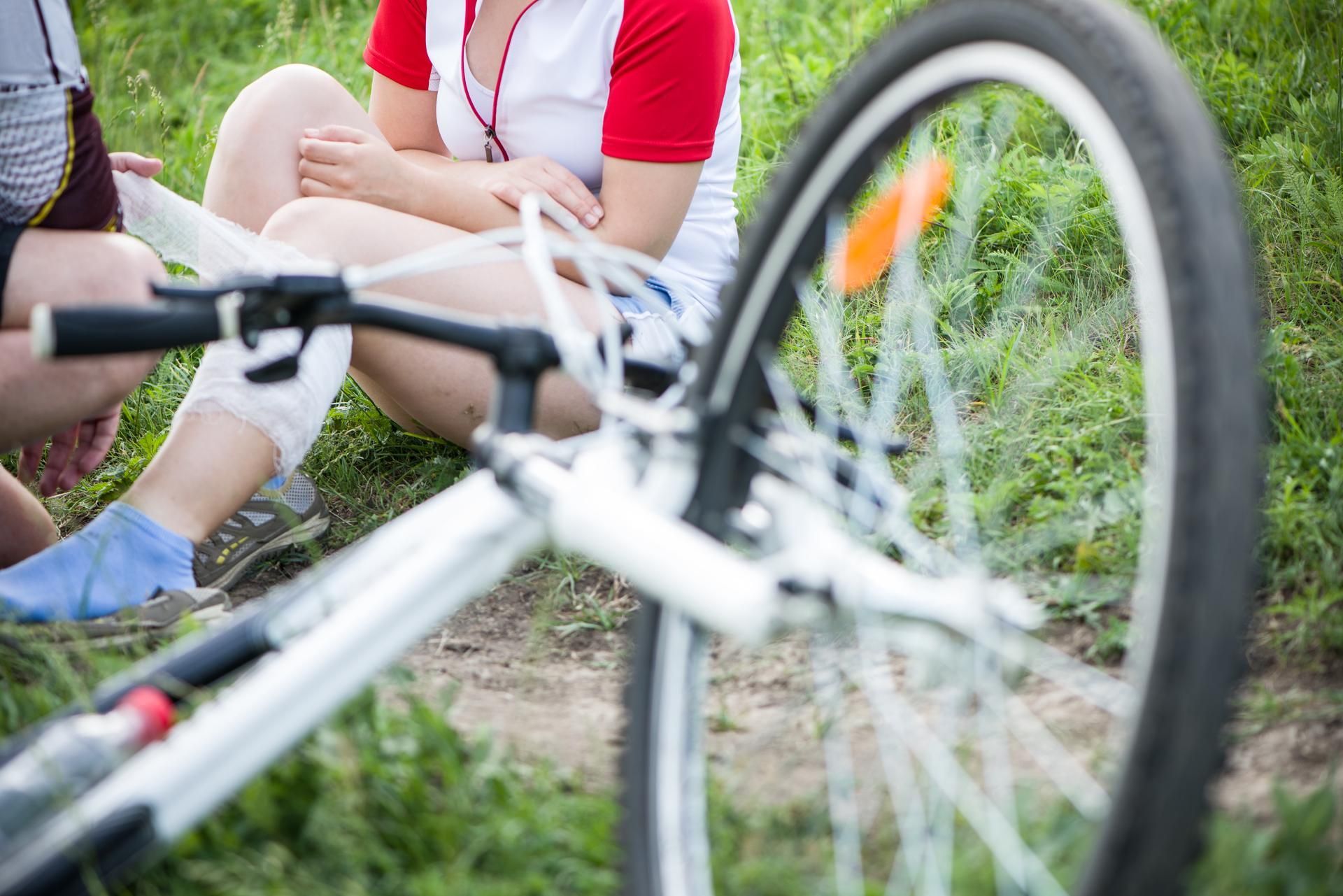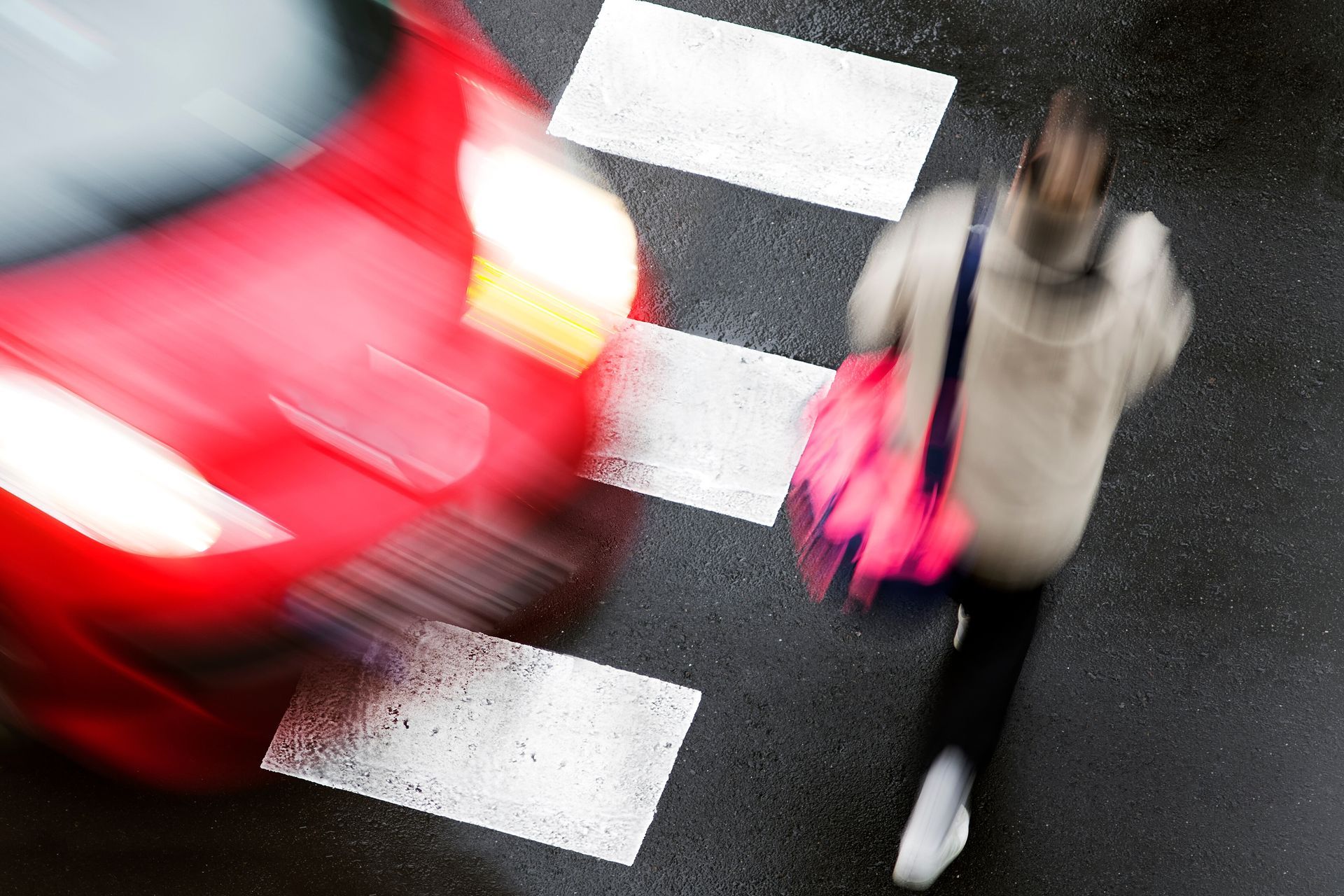Understanding Slip and Fall Injuries: Types and Implications
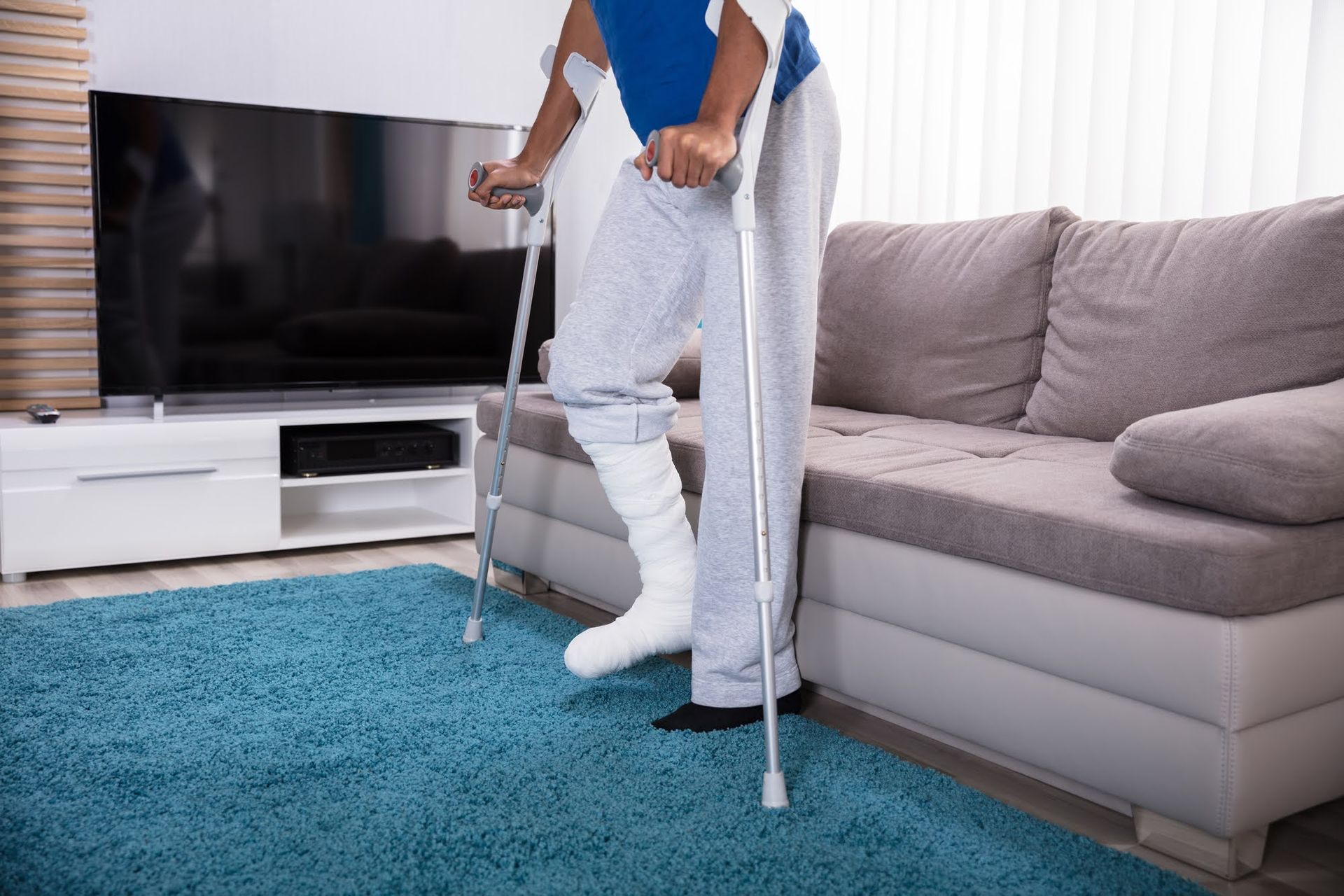
Slip and fall accidents are common occurrences that can happen to anyone at any time, often leading to various types of injuries. Understanding the potential injuries that can result from such accidents is crucial for raising awareness and promoting prevention strategies.
This blog post explores the diverse range of injuries that can occur, their severity, and the implications they have on an individual's health and well-being.
Head Injuries
One of the most severe consequences of a slip and fall accident can be a head injury. Head injuries range from mild concussions to traumatic brain injuries (TBI). Symptoms might not be immediately apparent, making it essential to seek medical attention if you experience dizziness, headaches, or nausea following a fall. Head injuries can have long-lasting effects on cognitive functions and overall quality of life, emphasizing the need for prompt medical intervention.
Broken Bones and Fractures
Slip and fall accidents frequently result in broken bones or fractures, especially in the elderly or those with osteoporosis. Commonly fractured areas include the wrists, arms, hips, and ankles. These injuries can be incredibly painful and often require prolonged periods of recovery, sometimes necessitating surgery and physical therapy. The impact on mobility and independence can be significant, highlighting the importance of preventive measures in places prone to slipping hazards.
Sprains and Strains
Injuries such as sprains and strains are also prevalent in slip and fall incidents. These injuries typically affect the ligaments and muscles, with common areas being the ankles, wrists, and knees. Sprains involve the overstretching or tearing of ligaments, while strains affect muscles or tendons. Both conditions can lead to swelling, pain, and reduced range of motion, which might require treatments like rest, ice, compression, elevation, and physical therapy.
Back and Spinal Cord Injuries
Falls that impact the back can lead to serious injuries, including herniated discs, spinal fractures, and even damage to the spinal cord. Such injuries can cause chronic pain, limited mobility, and, in severe cases, paralysis. The implications of back and spinal cord injuries are profound, as they can affect nearly every aspect of an individual's life. Immediate medical evaluation and treatment are critical to mitigate long-term damage.
Cuts and Abrasions
While not as severe as other injuries, cuts and abrasions from a slip and fall can still be painful and require medical attention, especially if they are deep or become infected. These types of injuries occur when the skin comes in contact with rough surfaces during the fall. Proper wound care is essential to prevent complications and encourage healing.
Soft Tissue Injuries
Soft tissue injuries, which include contusions and hematomas, are common in slip and fall accidents. These injuries can cause significant discomfort and may take time to heal. While they might not always warrant extensive medical treatment, it's important to monitor them to ensure they do not lead to more serious complications.
Psychological Impact
Beyond physical injuries, slip and fall accidents can also have psychological repercussions. The trauma from the fall can result in anxiety, fear of falling again, and decreased confidence in mobility. Addressing these psychological impacts is an important aspect of the recovery process, often involving support from mental health professionals.
Slip and fall accidents encompass a wide array of potential injuries, each with its own set of challenges and recovery processes. By recognizing the types of injuries that can occur, individuals and organizations can take proactive steps to reduce the risk of falls and ensure timely medical care when accidents happen. Through awareness and preventative measures, you can all contribute to creating safer environments and minimizing the impact of slip and fall injuries.
If you've been injured in a slip and fall accident, contact our team at The Law Office of Robert P. Karwin for help.
This publication is for informational purposes only. It does not establish an attorney-client relationship and should not be taken as legal advice.
